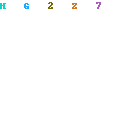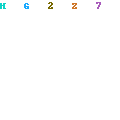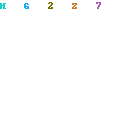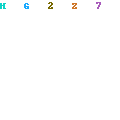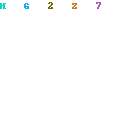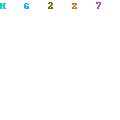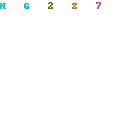Another aspect of printer resolution commonly overlooked is the relationship between viewing distance and visual acuity.
Viewing Distance: It matters how close you or your viewers are to your prints. Consider the ubiquitous billboard that could be printed at a high resolution but never is. If you’ve ever seen a billboard up close, you know that the dots are huge. Yet, billboards are perfectly readable at the distance from which they are meant to be viewed—across the street or driving down the road.
The key point here is that you don’t need more printer resolution than you need. Normal people will stand back to view a large image, and they will get up close to a small one. This means that larger or fewer dots are more acceptable on big prints destined to be viewed from further back.
If you’re wondering how to estimate standard viewing distances, photographer Joe Butts gives this formula: 1.5 × the diagonal dimension of the art piece. To calculate the diagonal, it’s a + b =c . For example, to figure the viewing distance for an 8 × 10 print: 8 squared plus 10 squared is 64 plus 100 equals 164 inches. The square root of 164 is 12.806 or rounding it off, 12.8 inches. Multiplying by 1.5, the viewing distance would be 19.2 inches (see Table 2.2). Similarly, the normal viewing distance for a large 40 × 60-inch print is
about 9 feet. You won’t see many dots from there!
Viewing distance, however, is only one-half the story.
